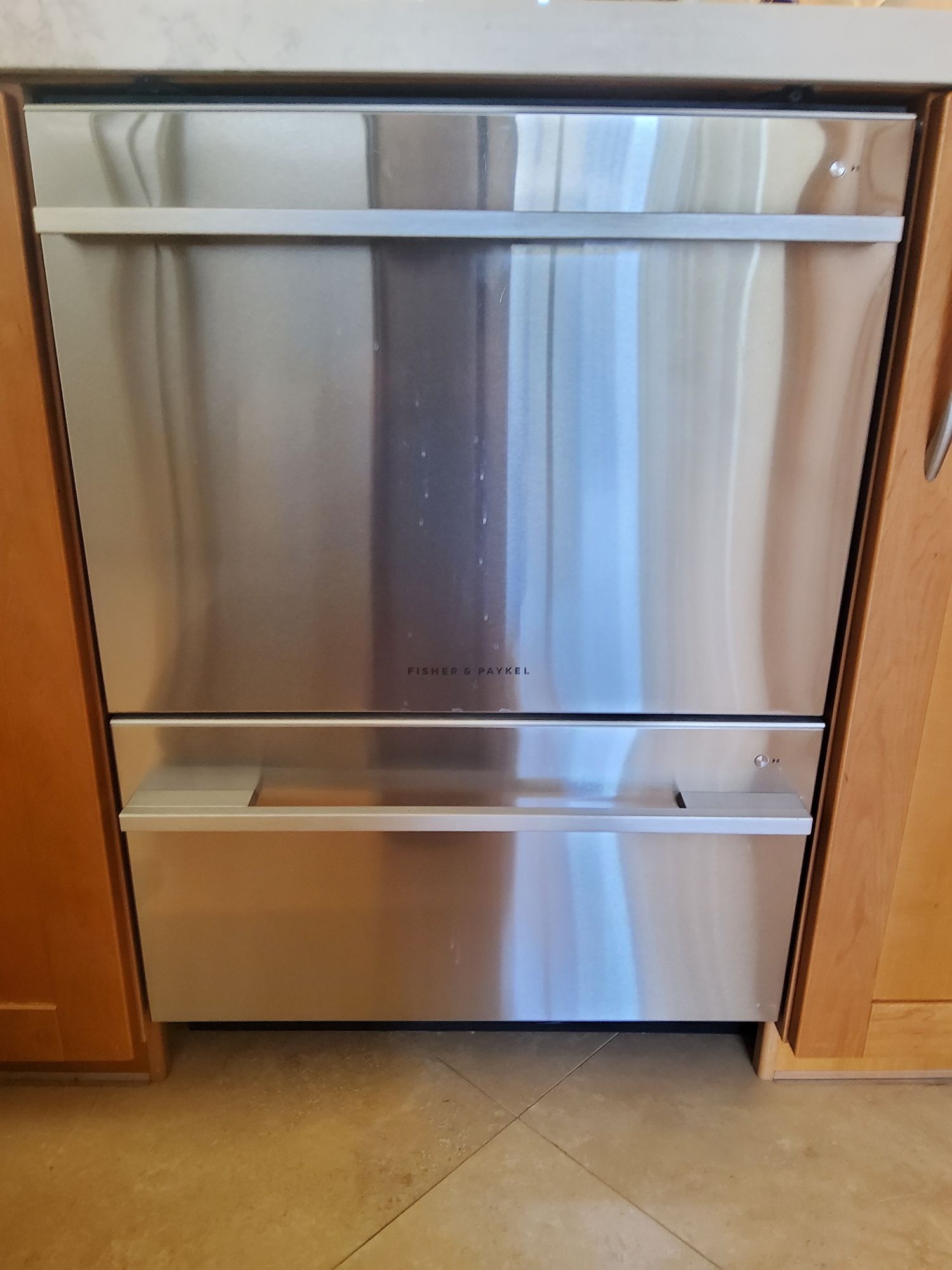
One of the most common dishwasher issues is when it doesn’t heat water properly. If your dishwasher is not heating the water, it can affect the cleanliness of your dishes and cause frustration. Luckily, understanding the problem and knowing how to resolve it can save you from dealing with dirty dishes or high repair costs. In this article, we’ll explore why dishwashers fail to heat water, how to troubleshoot the issue, and when it’s time to call in professional help.
Why Is Hot Water Essential for Dishwashing?
Hot water is vital for dishwashers because it dissolves grease and food particles more effectively than cold water. Many detergents are designed to work at higher temperatures, ensuring that they clean and sanitize dishes properly. When your dishwasher isn’t heating water, it leaves dishes grimy, stained, and unhygienic, which defeats the purpose of having a dishwasher in the first place.Common Causes for a Dishwasher Not Heating Water
⠀ Several factors can cause a dishwasher to stop heating water. Let’s look at the most common reasons: ⠀- Malfunctioning Heating Element
- Thermostat Problems
- Faulty Thermal Fuse
- Control Board Issues
- Water Supply Issues
- Improper Installation or Plumbing
How to Troubleshoot the Problem
⠀ Before you call in a professional, there are a few things you can check and try on your own: ⠀- Check the Water Temperature
- Inspect the Heating Element
- Examine the Thermostat
- Check the Control Board and Thermal Fuse
- Look for Installation Errors
How to Fix the Problem
⠀ Once you’ve identified the issue, fixing it can range from relatively simple tasks to more complex repairs: ⠀- Replace the Heating Element
- Install a New Thermostat
- Fix or Replace the Control Board
- Replace the Thermal Fuse